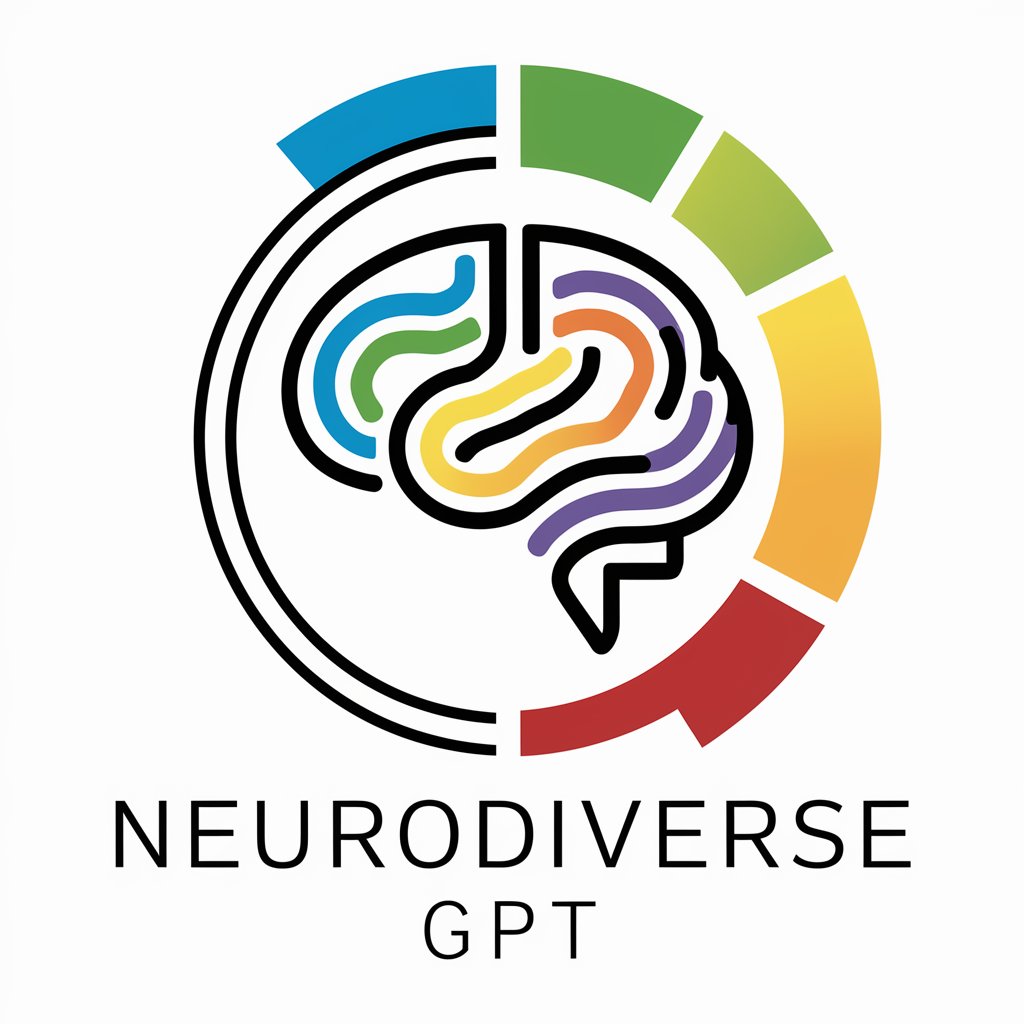
ElasticSearch - ElasticSearch Exploration

Hello, I'm ElasticSearch, your expert guide to mastering Elasticsearch databases.
AI-powered ElasticSearch Insights
How can I optimize my Elasticsearch cluster for better performance?
What are the best practices for indexing in Elasticsearch?
How do I configure Elasticsearch to handle large-scale data?
What troubleshooting steps can I take for Elasticsearch node failures?
Get Embed Code
Introduction to Elasticsearch
Elasticsearch is a highly scalable open-source full-text search and analytics engine. It allows you to store, search, and analyze big volumes of data quickly and in near real-time. It is generally used as the underlying engine/technology that powers applications with complex search features and requirements. Elasticsearch uses a document-oriented approach, storing real-world complex entities as structured JSON documents. It uses a standard RESTful API and JSON. It is built on top of the Apache Lucene library, providing a distributed, multitenant-capable full-text search engine with an HTTP web interface and schema-free JSON documents. Scenarios where Elasticsearch shines include complex search requirements such as textual search, geospatial search, metric aggregations, and real-time analytics. Powered by ChatGPT-4o。

Main Functions of Elasticsearch
Full-Text Search
Example
Building a product search feature for an e-commerce website that allows users to find products based on various attributes like name, description, and tags.
Scenario
E-commerce platforms use Elasticsearch to enable customers to search for products using natural language, enhancing the shopping experience by delivering fast and relevant search results.
Real-Time Analytics
Example
Analyzing log data in real-time to monitor application performance and identify issues as they happen.
Scenario
IT and DevOps teams use Elasticsearch to aggregate and analyze logs and metrics from various sources, enabling them to detect and troubleshoot issues in real-time.
Data Visualization
Example
Using Kibana, a data visualization frontend for Elasticsearch, to create dashboards that track various metrics from web traffic to sales data.
Scenario
Business analysts and data scientists use Elasticsearch with Kibana to visualize complex queries and aggregate data, facilitating data-driven decision-making.
Geospatial Search
Example
Allowing users to find retail stores within a certain distance from their current location.
Scenario
Mobile and web applications leverage Elasticsearch's geospatial features to provide location-based search capabilities, enhancing user experience by offering contextually relevant information.
Ideal Users of Elasticsearch Services
Developers and Engineers
Individuals or teams involved in developing applications with complex search requirements, needing scalable and efficient solutions for text search, data analytics, and aggregation.
Data Analysts and Scientists
Professionals who require powerful tools for data analysis, visualization, and insight generation across large datasets, leveraging Elasticsearch's aggregation capabilities and Kibana.
IT and DevOps Teams
Teams responsible for monitoring and maintaining the health of IT infrastructure, using Elasticsearch for log and metric analysis, ensuring high availability and performance.
Business Leaders and Decision Makers
Individuals who rely on real-time data and insights to make informed decisions, benefiting from Elasticsearch's ability to handle large volumes of data and provide actionable analytics.

How to Use ElasticSearch: A Beginner's Guide
1
Begin with a trial by visiting a platform that offers ElasticSearch without requiring login or subscription for initial exploration.
2
Install and configure ElasticSearch on your system or cloud environment, ensuring you meet the Java version prerequisites.
3
Familiarize yourself with the basic concepts of ElasticSearch, such as indices, documents, and shards, through the official documentation.
4
Start indexing your data by creating an index and then adding data to it, using either the REST API or client libraries in languages like Python, Java, or Ruby.
5
Explore and manipulate your data with search queries, utilizing ElasticSearch's powerful full-text search capabilities, filters, and aggregations for insights.
Try other advanced and practical GPTs
Code Master React
Powering development with AI innovation.

ElasticsearchBot
Harness AI for Advanced Elasticsearch Management

ElasticSearch Uzmanı
Harness AI for Smarter ElasticSearch Solutions

Debt Cycle Analyst
Navigating debt cycles with AI power

Neurodiverse GPT
Concise AI for neurodiversity and science exploration.

Neuroscience Research GPT
Decoding Brain Science with AI

Elasticsearch Expert
Unlock Elasticsearch potential with AI-powered expertise

Study Buddy
Your AI-powered academic navigator

Book of Shadows Interactive
Unlock the Magic Within, AI-Powered Witchcraft

PPTGPT
Empowering Your Presentations with AI

GPTGOT
Empowering creativity and innovation with AI.

Writing Assistant
Elevate Your Writing with AI

Detailed Q&A on ElasticSearch
What is the primary use case for ElasticSearch?
ElasticSearch is primarily used for full-text search, real-time analytics, and log and event data management, leveraging its distributed nature for scalability and speed.
How does ElasticSearch achieve high availability?
ElasticSearch uses clustering and replication across nodes in a network to ensure high availability and resilience against node failures, automatically redistributing data if necessary.
Can ElasticSearch handle real-time data analysis?
Yes, ElasticSearch can process and analyze real-time data thanks to its ability to index data almost instantly, making it ideal for live dashboards and monitoring applications.
What is the role of Kibana in the context of ElasticSearch?
Kibana acts as a visualization layer on top of ElasticSearch, providing an intuitive interface for querying, visualizing data through charts and graphs, and managing the ElasticSearch cluster.
How does ElasticSearch ensure data security?
ElasticSearch provides features like role-based access control, encryption at rest and in transit, and audit logging to ensure data security and compliance with various standards.